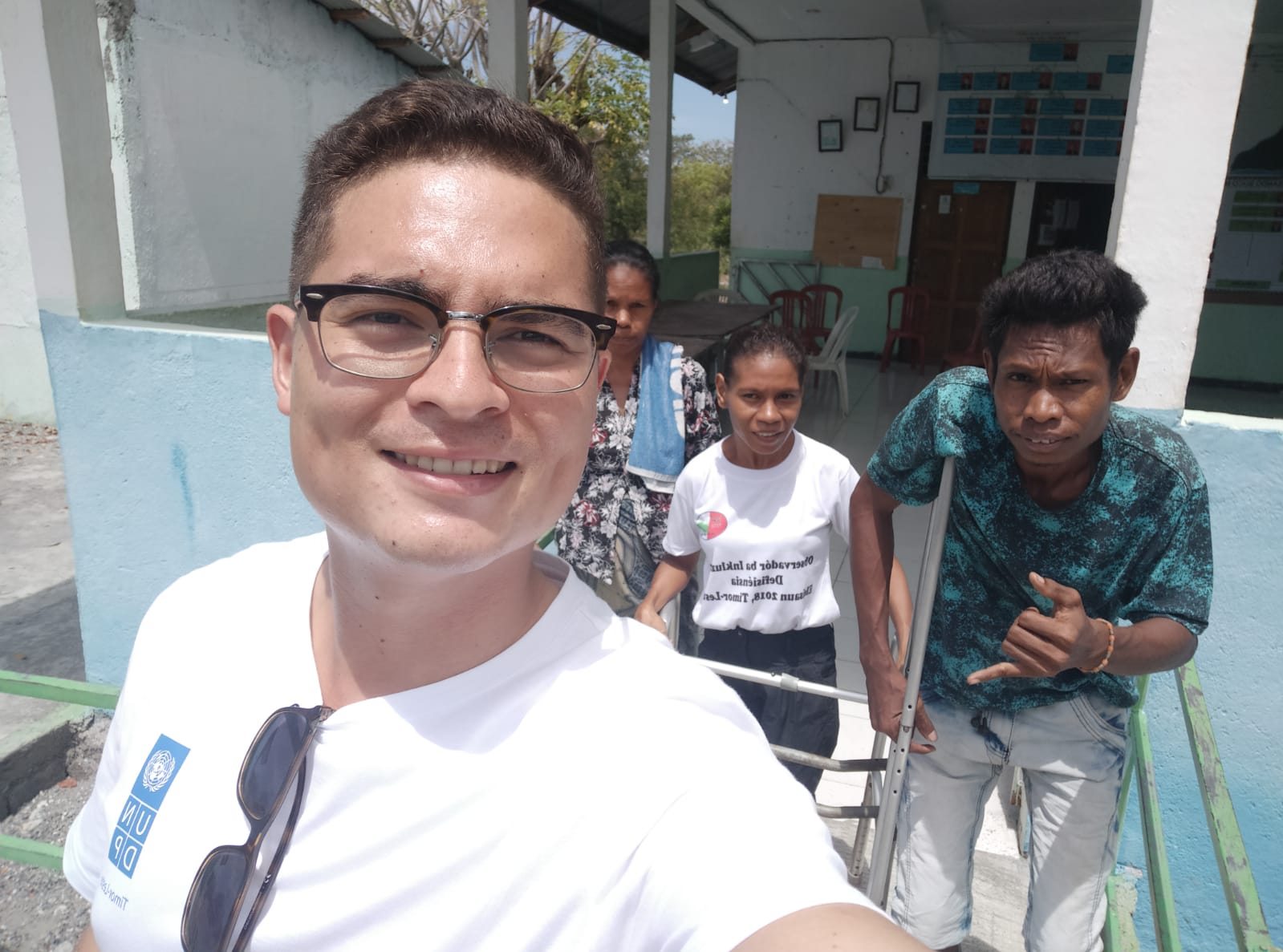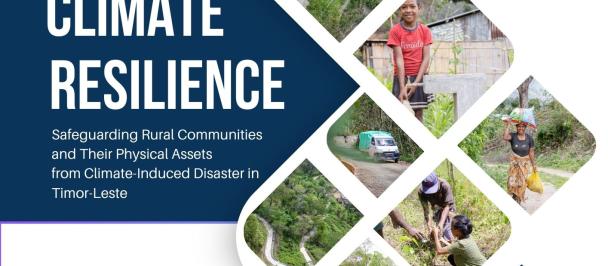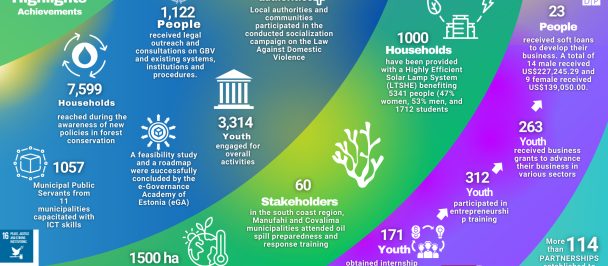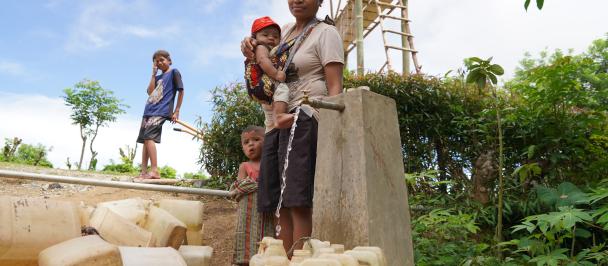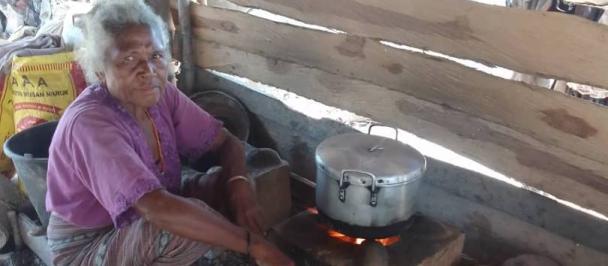Overall, SEIA-2 found that 95.1% of youth were in vulnerable employment, while 86.3% of the total employed population was in vulnerable employment.
Starting a career from lockdown: The impact of COVID-19 on youth, education and employment in Timor-Leste
December 17, 2021
As one of the world’s youngest country’s the challenges faced by Timor-Leste’s youth during the COVID-19 pandemic weigh heavily on those faced by the nation as a whole. Nearly 75% of the population is aged under 35 and one fifth of the population is aged between 15-24 – ages where learning, networking and social engagement are key for forming skills and opportunities to contribute to the community and economy.
Yet for most Timorese youth, the pandemic caused major disruptions in learning, socialising, and employment outcomes, according to data and testimonies gathered during the recently released nation-wide Socio-Economic Impact Assessment (SEIA-2).
“I am worried that I cannot continue with my life. For example going to Dili is not possible, and also going to university will be hard,” said Siquito Marques (18) who lives in one of Timor-Leste’s most remote municipalities, Viqueque.
Already suffering from higher-than-average unemployment rates – 22.1% among 25-29 year-olds and 13.9% among 19-25 year-olds – job losses among 25-39 year-olds were the highest of all age brackets, with 43.3% losing their job since March 2020, when the pandemic began to affect Timor-Leste.
A key nuance to Timor-Leste’s employment indicators discovered in SEIA-2 in Timor-Leste was the vulnerability of employment. Of five types of employment, two – self-employed without employees and contributing family workers – are considered as being in vulnerable employment. Overall, SEIA-2 found that 95.1% of youth were in vulnerable employment, while 86.3% of the total employed population was in vulnerable employment.
With little access to digital or remote-learning tools, nearly 50% of all children in Timor-Leste were unable to continue education during the different phases of the pandemic and government restrictions in the period surveyed by SEIA-2 up to March 2021. This was primarily because of a lack of printed materials for children to use at home.
Low internet penetration in Timor-Leste compared means only a third of the population has access to internet infrastructure. In rural areas student workbooks were the main educational material during the pandemic, whereas in urban areas, a Learning Passport (an online platform where students can download education materials) and TV were valuable supports during school closures.
Showing the challenge to recovery posed by disruptions to movement and normal life by government restrictions, on average only 65% of children returned to regular school attendance after they reopened in 2021. This phenomenon differed between municipalities however, with some reaching 90% attendance. There are signs of increasing penetration of digital technologies among youth however, with the use of internet and social media to receive COVID-19 information highest among those aged 15- 39, at just over 40%.
Other aspects of youth’s lives, such as social activity, were significantly disrupted by pandemic response measures. The Catholic Church plays a big role in the lives of Timorese youth and helps them engage in community activities in lieu of employment – promoting social cohesion and volunteerism. “Since COVID-19 started many young people like me have reduced our interactions … before COVID-19 we were always together for church, and exercise, and trips… I was devoted to my Chapel and went to service. Now with COVID my church does not have any services, and the church is closed,” said Nezia Fernandes Da Costa Guterres, a 19 year old from Dili who is completing a government internship far from home in Timor-Leste’s far-eastern town of Los Palos.
Despite stressors on many fronts, SEIA-2 found that social cohesion was very strong among all sectors of society. Nearly 90% of all respondents said they trusted or strongly trusted their community during the pandemic, and over 70% said trust had actually improved. For youth who are looking to complete their educations and enter the workforce however, the main concerns remain access to education and job opportunities in a depressed and restricted economy.
My graduation is in December, however I want to continue with schooling. However with COVID it is difficult to continue with my studies as there is a lot of uncertainty. Also work availability in the future is worrying,” said Guterres.
SEIA Full Report can be found here
>>>

 Locations
Locations